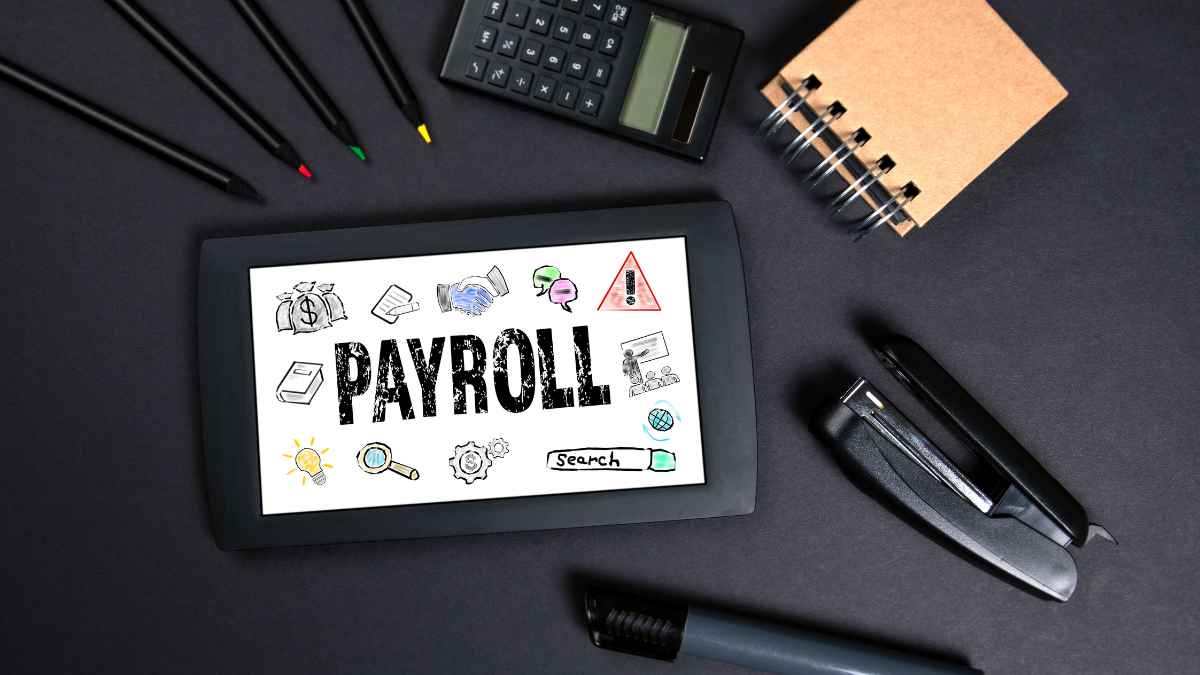Safety in high-risk jobs has always been a priority. Yet, with the dawn of the digital age, the means of ensuring worker safety have dramatically transformed.
Technology, with its vast capabilities and ever-evolving nature, has emerged as a pivotal player in redefining the safety landscape in challenging work environments.
The Rise of Technology in the Workplace
Historically, safety in high-risk jobs relied heavily on human vigilance and manual precautions. From coal miners using canaries to detect harmful gasses to construction workers relying on simple harnesses, the approach to safety was rudimentary.
However, as we transitioned into the 21st century, the narrative started to shift. Technology began its ascent, promising to overhaul traditional methods and introduce innovative solutions to heighten safety in workplaces, particularly in sectors associated with inherent risks.
From Manual to Digital: Just a few decades ago, record-keeping, safety checks, and monitoring were primarily done on paper or through direct observation. Today, digital tools, cloud computing, and mobile applications streamline these processes, ensuring accuracy and efficiency.
Shift in Safety Culture: The integration of technology has also brought about a cultural shift in workplaces. There is now a greater emphasis on proactive safety measures, continuous training, and knowledge sharing, made easier with technological advancements.
Benefits of Integrating Technology for Safety
1. Enhanced Real-time Monitoring
One of the most significant benefits of modern technology is the ability to monitor situations in real-time. Wearable technology, such as smart helmets and vests equipped with sensors, can now monitor vital signs, alerting supervisors if a worker’s health metrics veer from the norm. These devices can detect exhaustion, overheating, and other health concerns, ensuring that help can be dispatched immediately if needed.
Furthermore, technologies like drones and CCTV cameras equipped with advanced machine vision can provide constant surveillance in areas that might be challenging or hazardous for humans. This not only ensures a continuous assessment of potential risks but also allows rapid response times in emergencies.
2. Improved Training through Virtual Reality (VR) and Augmented Reality (AR)
The advent of VR and AR has transformed training modules in high-risk professions. Instead of merely watching videos or reading manuals, workers can now immerse themselves in simulated high-risk scenarios. This immersive experience allows them to practice reactions and decisions in a controlled environment.
This form of training ensures that they are better prepared, reducing the potential for human error when confronted with the real situation.
3. Automated and Remote Operations
The tasks that were once deemed highly dangerous due to human exposure can now be automated or controlled remotely. Robots, autonomous vehicles, and machinery can be deployed in environments that are too hazardous for humans. For instance, in chemical plants where there’s a risk of toxic exposure or in nuclear facilities where radiation is a concern, machines can take over.
Remote operations have further expanded these capabilities. With the assistance of high-resolution cameras and advanced control systems, experts can operate machinery from miles away, ensuring that they aren’t directly exposed to the high-risk environment.
4. Data Analytics for Predictive Safety
The modern world revolves around data. Every piece of equipment, when paired with the right sensors, can become a source of invaluable data. When this data is analyzed using sophisticated algorithms, it can reveal patterns and trends leading up to accidents or system failures.
By predicting potential breakdowns or identifying areas of concern, industries can proactively address issues before they escalate into major incidents.
Technological Challenges and Concerns
1. Privacy and Surveillance Issues
The omnipresent nature of monitoring tools has sparked concerns over privacy. Workers might appreciate the intention of safety behind these measures, but there’s a fine line between ensuring safety and feeling monitored constantly. Industries need to be transparent about data collection and usage while ensuring that personal and sensitive information remains protected.
Ways to Overcome Privacy and Surveillance Concerns:
Transparent Policies: Industries must establish clear, transparent policies on data collection and usage. Workers should be aware of what data is being collected, how it is being used, and the steps taken to protect their personal information.
Opt-out Provisions: If feasible, allow workers the option to opt-out of certain monitoring tools, especially those that might not be directly linked to critical safety measures.
Data Security Measures: Implement robust data encryption and other cybersecurity protocols to ensure that the data collected remains secure and is not vulnerable to breaches.
Regular Feedback Mechanism: Establish regular feedback sessions where workers can voice their concerns and provide input on monitoring tools and privacy measures.
2. Over-reliance on Technology
Technology, for all its merits, should complement human skills, not replace them. There’s a growing concern that excessive reliance on technology might lead to diminished human expertise. It’s crucial for industries to ensure that technology remains a tool and doesn’t overshadow the importance of human judgment and intuition. Regular drills, sans technological aid, can be a way to keep human skills sharp.
Actionable Steps to Address Over-reliance on Technology:
Human-in-the-Loop Systems: Design systems where humans and technology work in tandem. This ensures that while technology can process vast amounts of data quickly, human judgment can be applied to more nuanced decisions.
Regular Drills: Conduct drills and exercises without the aid of technology to keep the workforce’s skills sharp and ensure they can handle situations when technology fails or is unavailable.
Continuous Training: Prioritize continuous training programs that emphasize the importance of human decision-making and highlight the limitations of technology.
3. Technical Glitches and Malfunctions
No system, no matter how advanced, is immune to malfunctions. Be it software glitches, hardware failures, or external interferences, technological systems can sometimes fail. These failures can lead to false alarms, or worse, no alarms at all in crucial situations. Hence, having backup systems and manual overrides is non-negotiable.
Steps to Mitigate Risks from Technical Failures:
Redundant Systems: Introduce redundancy in critical safety systems. If one system fails, the backup can take over, ensuring uninterrupted safety measures.
Regular Maintenance and Updates: Schedule regular maintenance checks and software updates to minimize the chances of malfunctions due to outdated or faulty components.
Manual Override: All automated systems, especially those in critical safety roles, should have a manual override feature. This ensures that in the event of a system failure, human operators can take control.
Incident Response Protocols: Establish clear protocols for responding to technical failures. This should include immediate response actions, communication chains, and post-incident reviews to identify and rectify the cause of the failure.
Furthermore, understanding the interplay between technical failures and their subsequent legal implications is of paramount importance. For those interested in the complexities of legal considerations post-incident, particularly in understanding distinctions like those between wrongful death and other legal actions, further reading can provide clarity on such topics.
Steps to Navigate Legal Implications
Clear Documentation: Ensure all incidents, whether due to technical failures or human errors, are thoroughly documented. This includes the cause, response actions taken, and any resulting outcomes.
Legal Training: Provide training for supervisors and managers on the legal implications of workplace incidents. This ensures a clear understanding of the steps to take post-incident and how to liaise with legal teams.
Engage Legal Expertise: Retain legal experts or firms familiar with the industry’s challenges to provide guidance during incidents and ensure compliance with all relevant laws and regulations.
The Future of Safety in High-Risk Jobs
The next decade is poised to witness even tighter integration of technology in ensuring safety in high-risk jobs. With the rise of artificial intelligence, machine learning, and even quantum computing, the tools at the disposal of industries are set to become more sophisticated. We can expect predictive safety measures to become even more accurate, and training simulations to become more realistic.
However, as technology progresses, the emphasis should remain on the symbiotic relationship between man and machine. This balance ensures that while we harness the immense potential of technology, we don’t lose the human touch that’s often needed in critical decision-making scenarios.
Conclusion
In the digital age, technology’s role in ensuring safety in high-risk jobs is undeniable. Its capabilities, from real-time monitoring to predictive analytics, have transformed safety protocols and systems. But with these advancements comes the responsibility to use them judiciously.
The ultimate goal should always be to ensure the safety and well-being of the workforce, leveraging technology as a means to that end.

MoneyMantra, is a passionate content creator with over 5 years of experience in writing about the intersection of technology, business, finance, education, and more. With a deep understanding of how these fields empower both individuals and businesses





